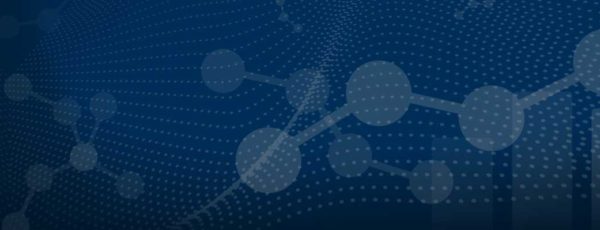Buying and Payment Habits: Using Grocery Data to Predict Credit Card Payments
This study shows that individuals’ habits in grocery shopping are incrementally useful in predicting their credit card payment behaviors and that such incremental predictive power can translate into incremental profits for firms. Guided by prior work, we identify five broad grocery shopping habits that are correlated with payment behaviors: (1) shopping the same day of week, (2) relying on a shopping budget, (3) consistently buying the same brands and categories, (4) taking advantage of deals and promotions, and (5) buying healthier products. Knowledge of the five grocery habits offers guidance on how to transform the raw grocery data into inputs for flexible machine learning models, which we use to assess the incremental predictive power of grocery data. We find the incremental predictive gain from grocery data, above and beyond standard data sets used by issuers, ranges from 0.2% to 9.4%, depending on the data environment faced by issuers in various credit markets. Furthermore, simulations of issuers’ credit extension decisions illustrate that the marginal impact on issuer profits ranges from 0.3% to 15.2% and is greatest for consumers who do not have an established credit history. This suggests that grocery data may enable credit card issuers to extend credit to consumers who currently have limited or no access to credit. We also discuss a boundary condition in which grocery data may not have incremental value. Overall, this study highlights how consumer data from a seemingly unrelated domain can help address a managerial problem in the focal domain.
Keywords: Habits, Grocery shopping, Consumer finance, Credit card, Economics of data
The post Buying and Payment Habits: Using Grocery Data to Predict Credit Card Payments appeared first on Wharton Customer Analytics.
Read MoreWharton Customer Analytics


